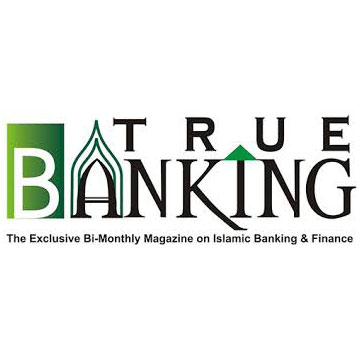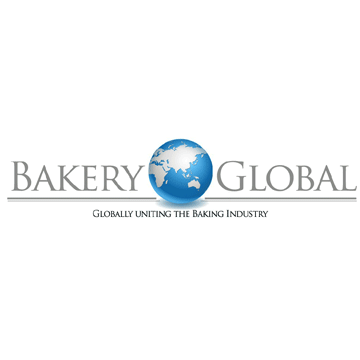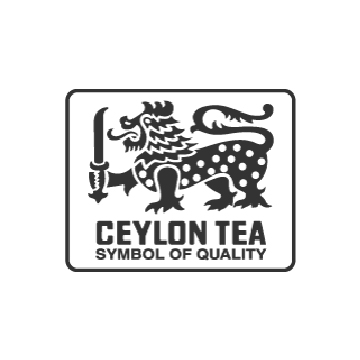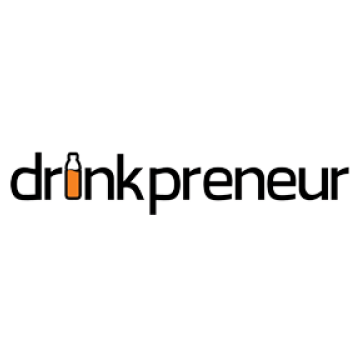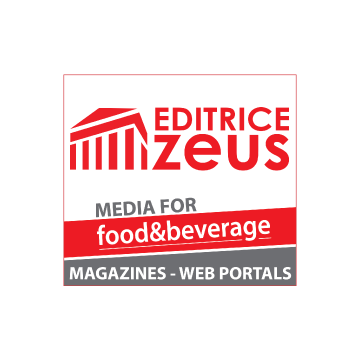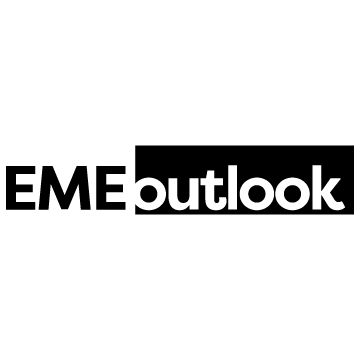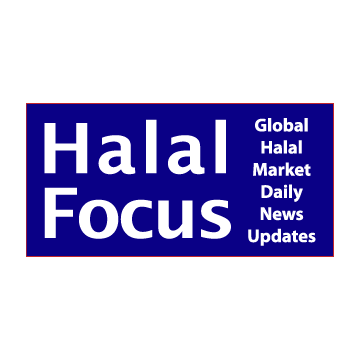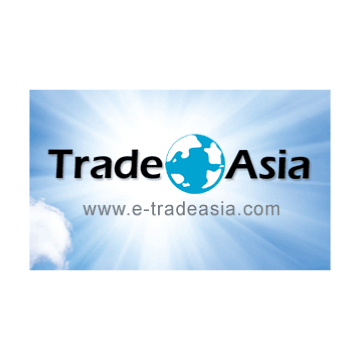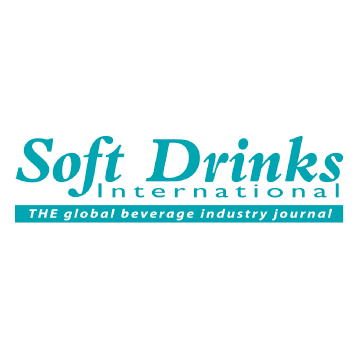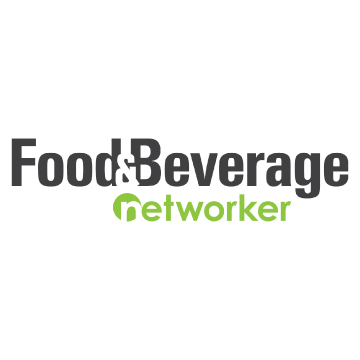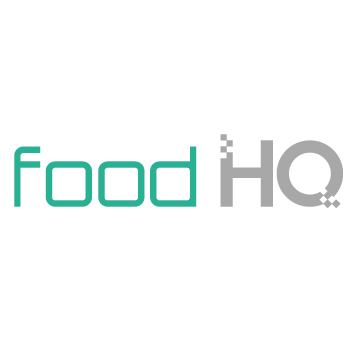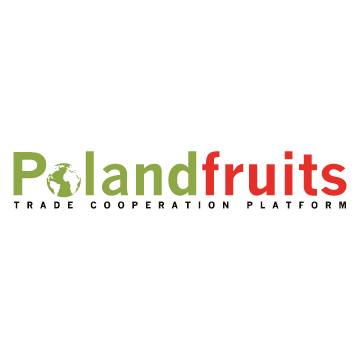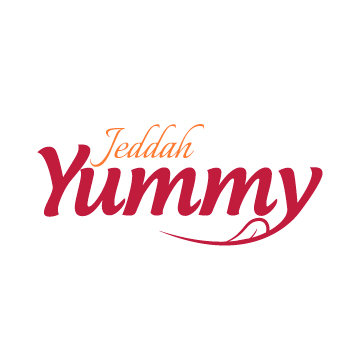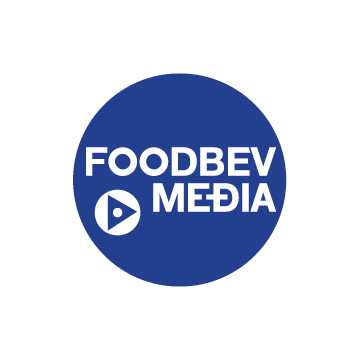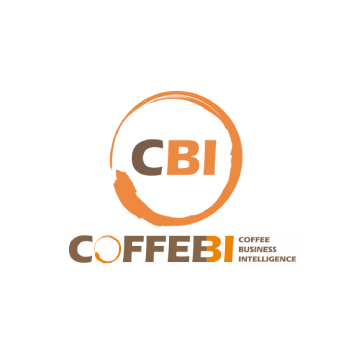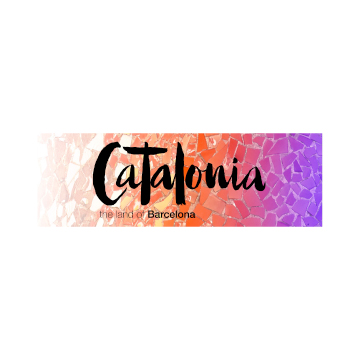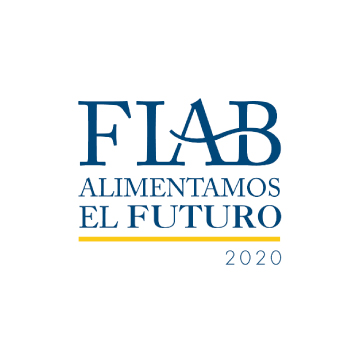The Saudi Arabia weight loss market is projected to reach a value of US$ 1,507 Million by 2023, at a CAGR of 7.9% during 2018-2023
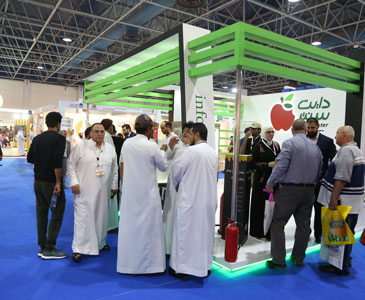
The Saudi Arabia weight loss market was worth
US$ 957 Million in 2017. This market is projected to reach a value of US$ 1,507
Million by 2023, at a CAGR of 7.9% during 2017-2023.
The growing awareness among the consumers
regarding unhealthy eating and lifestyle habits including lack of exercise,
eating late at night, high-fat diets, etc. have created a huge demand for
weight management products, thereby impelling the weight loss market in Saudi
Arabia.
The initiatives and educational campaigns by
the Saudi Arabian government regarding the ongoing rise in obesity rates and related
illnesses, such as joint problems, diabetes, cardiovascular diseases, high
blood pressure, cancer and metabolic syndrome is supporting the growth of the
weight loss market.
With elevating incomes, improving healthcare
infrastructure and medical advancements, consumers are increasingly opting for
weight loss surgeries such as gastric bypass, liposuction, biliopancreatic
diversion, etc.
On the basis of diet, supplements, such as
protein shakes, capsules, tablets, etc., dominate the weight loss market in
Saudi Arabia. Supplements are followed by meals and beverages.
Based on the equipment, the market has been
segregated into fitness equipment and surgical equipment. Fitness equipment
includes vascular and strength training equipment, whereas surgical equipment
includes minimally invasive/bariatric equipment and non-invasive equipment.
On the basis of services, fitness centers and
health clubs lead the Saudi Arabia weight loss market. They are followed by
consulting services, surgical clinics, online weight loss programs and others.
Based on gender, the report finds that men
dominate the overall market, followed by women.
On the basis of age group, consumers between 31
to 60 years account for the largest market share. This segment is followed by
consumers between 15 to 30 years, consumers with age more than 60 years and
consumers below 15 years of age.
Source: Business Wire
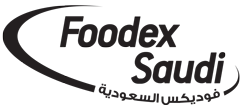
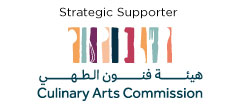
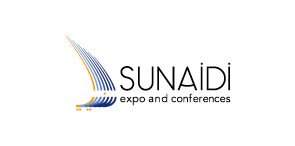
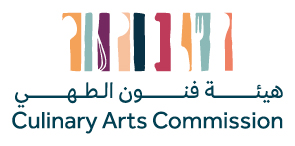



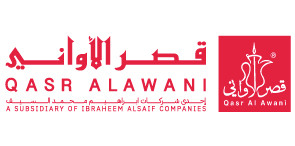
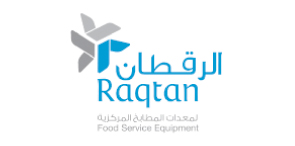
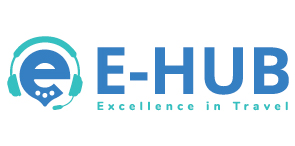
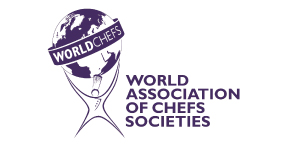
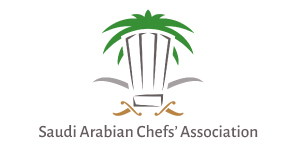
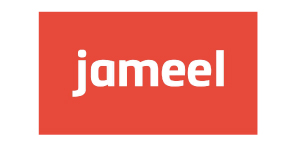


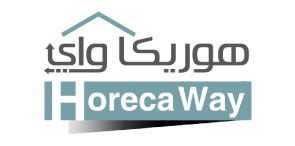
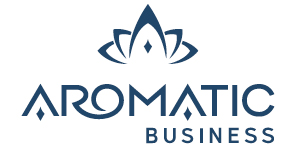
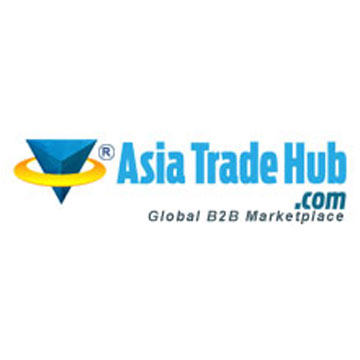
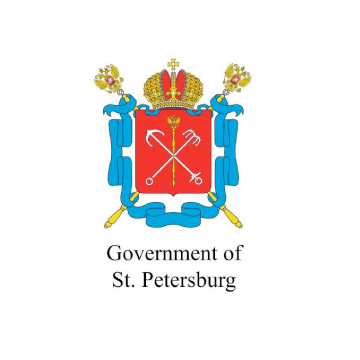
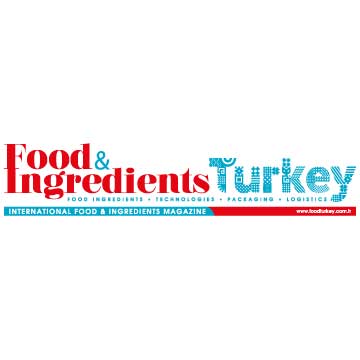
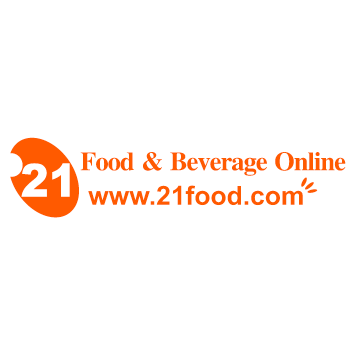
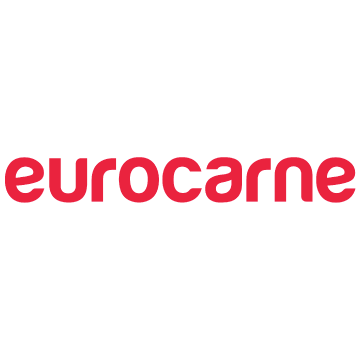
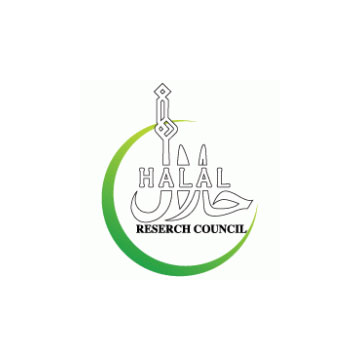
.jpg)
